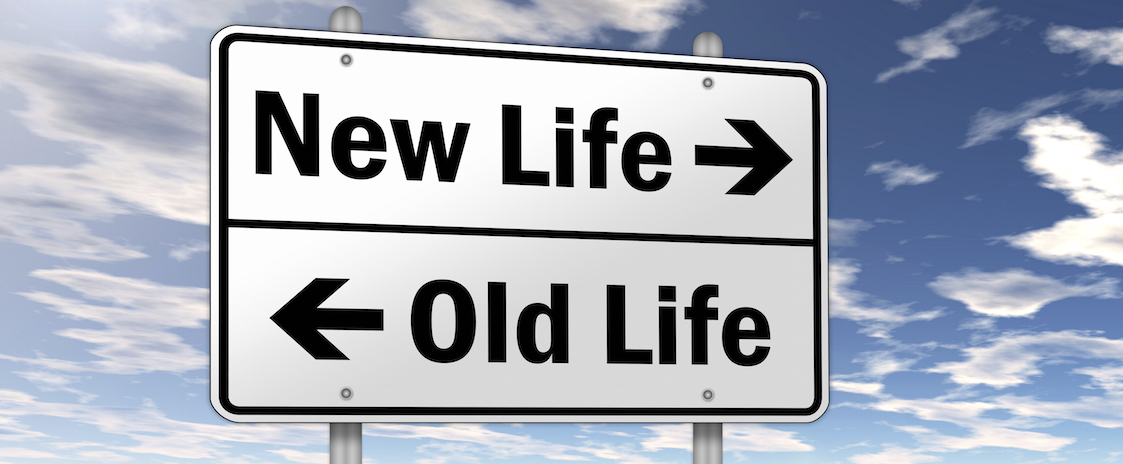After decades of a mindset that treated incarceration as the most fitting response to drug use, signs are adding up that the nation is getting serious about giving treatment a chance. Among indications of this attitude change is the recent White House announcement of a Heroin Response Strategy that pairs health and law enforcement officials in an effort to shift the emphasis from rounding up the usual low-level suspects to stopping distribution at its source — and in doing so helping drug users reclaim their lives.
It’s a relatively small effort — only $2.5 million to fund a program that for now focuses on the East Coast, where heroin use and deaths are surging — but the message is clear, said Michael Botticelli, director of National Drug Control Policy, as he announced the initiative: “The new Heroin Response Strategy demonstrates a strong commitment to address the heroin and prescription opioid epidemic as both a public health and a public safety issue.”
Among the strategy’s components are:
- Training first responders so they’ll be better able to deal with opioid-related incidents and know how and when to use naloxone, a medication that can reverse overdose.
- Collecting and sharing data on drug use trends, overdose fatalities and dangerous batches of heroin so health officials can better mobilize to prevent deaths. Authorities also hope improved data sharing will allow public safety officials to more effectively disrupt heroin distribution networks.
- Connecting communities with prevention and treatment resources.
The program comes in response to a near quadrupling of heroin overdose deaths from 2002 to 2013 across all ages, races and socioeconomic groups. The numbers are fueled by rampant overprescribing of prescription opioid painkillers such as hydrocodone and oxycodone over the last couple of decades. The increase in prescriptions has led to an epidemic of opioid addiction and related deaths. Heroin is also an opioid, so when officials clamped down on prescription opioid use, many users turned to the cheaper and more easily accessible heroin.
Some have criticized the Heroin Response Strategy as too small a response, but White House officials note it’s just one step among many in a process that includes a renewed emphasis on using treatment rather than jail time to address drug problems. For example, President Barack Obama’s administration has earmarked more than $10 billion to expand access to drug prevention and treatment programs. And earlier this year, the president commuted the sentences of several dozen nonviolent drug offenders while calling for reforms that included more use of alternatives to prison, such as drug courts, and changes to often harsh sentencing requirements.
A Community Reshapes the War on Drugs
The federal level isn’t the only place mindsets about the most effective ways to combat addiction are changing. After a rash of heroin-related deaths in the town of Gloucester, Massachusetts, Police Chief Leonard Campanello made news by declaring that any addicted person who walked into the police station and turned in their drugs would not be arrested. Instead, the department would help them enter treatment. Within just two months, more than 100 people have taken him up on his offer through the Gloucester Initiative. The program is now supplemented by “angels” who personally guide people with addictions through the process of getting help. Many nearby communities are following suit with similar initiatives.
The chief explained the concept in a Facebook post:
“There are no catches. … Whether they are able to succeed or whether they relapse, we will be there. We will help again and again and again until they no longer want help. Thus, they step through our doors and are in recovery for the rest of their lives. No matter what happens. We know there will be setbacks for people. We don’t care. Come back. You’re still in recovery. We know some people will relapse. We will not judge you. Come back. You are still in recovery. Just as a cancer can go into remission only to appear later, we know addiction is hard to beat. No matter what stage the person is at, if you want help, you are in recovery with us. 60 police officers, 40 Angels, and an entire community will have your back. You must do your part, but we will refuse to abandon you, forget you, or ignore you. You will always have a place to go as long as this police department stands. You will receive the respect and dignity you deserve here, without judgment, without coercion, without charges. Your life has meaning.”
The post went viral, and the reaction was overwhelmingly positive. One Facebook user commented, “In all my years of counseling people with addictions I have NEVER heard anything like this. It makes me want to cry thinking about the potential lives saved and families rescued from the effects of this disease.” Another wrote, “A model for the rest of the U.S. People with addition are sick and need rehabilitation not incarceration.”
National Support for Prioritizing Treatment
Such moves come as the nation increasingly supports the idea that lasting change is more likely through treatment than through incarceration. A 2014 Pew Research Center survey found that 67% of respondents believe treatment, not prosecution, should be the focus for those struggling with drug addiction.
It’s not that the nation isn’t concerned about drug abuse, the survey noted. A full 55% consider it a serious problem, and 32% call it a crisis. What the population is concerned about, the survey revealed, is our response to it.








